TL;DR:
- OpenAI has launched two open-weight models—gpt-oss-120b and gpt-oss-20b—designed for cost-efficient reasoning and local deployment
- These models support chain-of-thought reasoning, tool use, and fine-tuning for custom AI applications
- With support for on-device execution and commercial licensing (Apache 2.0), they lower the barrier to entry for AI adoption
- Compared to models like DeepSeek R1 and Mistral, gpt-oss offers a strong performance-cost balance
- Developers and enterprises now have more control, flexibility, and cost savings when building AI-powered systems
Introduction
In a notable strategic pivot, OpenAI has released two open-weight AI reasoning models—gpt-oss-120b and gpt-oss-20b—marking its return to open development after more than five years. Designed to be cost-effective, customizable, and easy to deploy, these models bring powerful AI capabilities into the hands of more developers, researchers, and enterprises.
Whether you’re a startup looking to prototype faster or an enterprise seeking greater control over AI workflows, OpenAI’s latest models offer a compelling opportunity to build smarter systems without the constraints of traditional cloud-based APIs. When implemented with the help of an experienced OpenAI development company, these models can form the foundation for highly specialized, secure, and scalable AI applications.
What Are Open-Weight AI Models?
Open-weight AI models are machine learning models whose trained parameters—called “weights”—are publicly released. These weights define how the model processes and generates information, making them central to its intelligence and behavior.
But here’s what sets them apart:
- Unlike proprietary models (like GPT-4 via API), open-weight models let developers download and run the model on their own infrastructure—with no dependency on a vendor’s API.
- Unlike fully open-source models, open-weight models don’t always include training data or full source code—just the final model weights and usage documentation.
Key Characteristics of Open-Weight Models:
- Weights are downloadable: You get access to the core logic of the AI model (e.g., via Hugging Face or GitHub).
- Self-hosting is allowed: You can run the model on your own hardware—on-premise, in the cloud, or on local devices.
- Fine-tuning is possible: You can adapt the model to suit your industry, business, or product.
- License-defined usage: Most current models (like OpenAI’s gpt-oss) are released under Apache 2.0, allowing commercial use.
Why Are Open-Weight Models Important?
In the past, developers had to rely entirely on closed APIs from OpenAI, Anthropic, or Google. This meant:
- No control over performance or latency
- No access to underlying logic
- Ongoing cost per API call
- No visibility into model limitations
With open-weight models like gpt-oss-120b, LLaMA, or DeepSeek, you now have the flexibility to:
- Deploy locally
- Audit model behavior
- Avoid cloud costs
- Protect sensitive data
Read More: Top AI Reasoning Model Cost Comparison 2025
Why 2025 Is a Turning Point
After five years of prioritizing closed, proprietary APIs, OpenAI has pivoted—again—towards openness. Its new models are released under the Apache 2.0 license, allowing unrestricted commercial use.
What’s driving this shift?
- Developer demand for transparency and flexibility
- Geopolitical pressure for U.S.-aligned AI ecosystems
- Rising competition from China’s DeepSeek and Europe’s Mistral AI
- Desire to win back developers from Meta’s LLaMA ecosystem
By releasing open-weight models that run on local devices, in the cloud, and even behind firewalls, OpenAI is laying the foundation for a truly open AI development stack.
Read More: How to choose Right OpenAI Model for Your Use Case
Core Capabilities of OpenAI’s Lower-Cost Reasoning Models
The gpt-oss-120b and gpt-oss-20b models are not just smaller, cheaper variants of OpenAI’s flagship offerings—they are deliberately engineered for advanced reasoning tasks and agent-like autonomy. This makes them especially valuable for teams building applications that require AI to think critically, perform multi-step logic, or interact with tools and data environments independently.
Below are the key capabilities that enable these models to support intelligent, autonomous behavior:
1. Chain-of-Thought (CoT) Reasoning
These models are trained to follow a step-by-step reasoning process. Instead of giving a one-shot answer, they simulate how a human might think through a problem.
Why it matters:
- Greatly improves task accuracy in logic-heavy scenarios (e.g., math, legal reasoning, code generation)
- Enables agents to break down complex queries into simpler steps
- Enhances reliability for multi-turn conversations or decision workflows
2. Tool Use Integration
The gpt-oss models are capable of calling tools such as:
- Python scripts for computation
- Web search APIs for real-time information
- Internal APIs or databases for enterprise systems
Why it matters:
- AI agents can go beyond static answers—they can act
- Enables workflow automation, task execution, and smart decision-making
- Bridges the gap between LLM output and real-world actions
3. Local and Flexible Deployment
- gpt-oss-20b is optimized to run on local machines with 16GB RAM
- gpt-oss-120b runs on a single Nvidia H100 or A100 GPU
- Both support edge, on-premise, and hybrid cloud setups
Why it matters:
- Reduces dependency on internet or vendor APIs
- Increases control over latency, data privacy, and compliance
- Makes it feasible to run AI agents in secure or regulated environments
4. Fine-Tuning & Adaptability
These models are fully fine-tunable—meaning teams can adapt them to:
- Specific domains (finance, healthcare, law)
- Unique brand tone or agent personality
- Internal knowledge bases or workflows
Why it matters:
- Enables highly customized, task-optimized AI agents
- Improves contextual accuracy and user trust
- Reduces hallucinations through targeted data
5. Autonomous Workflow Compatibility
Because of their reasoning ability and tool-use support, gpt-oss models are ideal for:
- Autonomous research agents
- Code copilots
- Smart assistants in CRM, ERP, or support systems
Why it matters:
- These models can initiate, complete, and evaluate multi-step tasks with minimal human input
- Supports long-term use cases in AI-powered operations, SaaS automation, and personal AI assistants
AI Reasoning Model Comparison: gpt-oss vs DeepSeek vs Mistral vs Meta (2025)
| Model | Parameters | License | Tool Use | Reasoning Capability | Local Deployment | Fine-Tuning | Hallucination Rate | Best For |
| gpt-oss-120b | 117B | Apache 2.0 | ✅ Yes | Strong (CoT enabled) | ✅ Yes (GPU) | ✅ Supported | ~49% | Enterprise AI agents, AI tools with GPU access |
| gpt-oss-20b | 20B | Apache 2.0 | ✅ Yes | Moderate (CoT enabled) | ✅ Yes (16GB+ laptop) | ✅ Supported | ~53% | Lightweight agents, personal assistant apps |
| DeepSeek R1 | 67B | Apache 2.0 | ✅ Yes | High (especially in math/code) | ✅ Yes (GPU) | ✅ Supported | Lower than gpt-oss | Developer-centric use, open LLM infrastructure |
| Mistral 7B | 7B | Apache 2.0 | ❌ No | Basic reasoning (fast inference) | ✅ Yes | ✅ Supported | Very Low | Speed-critical applications, low-resource deployment |
| Meta LLaMA 3 70B | 70B | Custom Meta License | ❌ No | Solid general-purpose reasoning | ✅ Limited (by license) | ❌ Limited | Moderate | Research, internal tooling under license constraints |
Key Comparison Insights:
Tool Use Capabilities
- OpenAI’s gpt-oss models support native tool calling (e.g., Python, web search) via agent workflows
- DeepSeek offers basic tool support, especially for code-related tasks
- Mistral and LLaMA 3 currently do not support tool-use out of the box
Reasoning Ability
- gpt-oss-120b excels in chain-of-thought (CoT) reasoning, similar to OpenAI’s o-series (o1/o3)
- DeepSeek R1 performs exceptionally well in competitive coding and logical reasoning benchmarks
- Mistral 7B trades reasoning depth for speed and deployability
- LLaMA 3 provides strong general-purpose capabilities but lacks open-weight transparency
Deployment & Flexibility
- gpt-oss-20b is the most accessible model for on-device use (16GB RAM laptops)
- Mistral shines in mobile, edge, and minimal setups
- LLaMA 3 has licensing constraints that limit wide deployment
- DeepSeek and gpt-oss-120b require GPU setups but allow full control
Licensing & Commercial Use
- OpenAI, DeepSeek, and Mistral models all use Apache 2.0, enabling free commercial use
- Meta’s LLaMA 3 is limited by a custom license, restricting commercial deployment without approval
Hallucination Rate (Based on PersonQA & Benchmarks)
- gpt-oss-20b: 53% (higher due to smaller size + open training)
- gpt-oss-120b: 49%
- DeepSeek R1: Lower (no exact % published, but better factual accuracy)
- Mistral 7B: Very low hallucination in short factual queries
- LLaMA 3: Moderate (varies by task, fine-tuning needed)
Final Thoughts: The Future of Custom AI Agents Is Open
OpenAI’s release of the gpt-oss-120b and gpt-oss-20b models marks a major shift toward more affordable, flexible, and developer-friendly AI reasoning models. These open-weight models give teams the freedom to run AI locally, fine-tune for specialized use cases, and build intelligent systems without being locked into proprietary APIs or pricing models.
For startups, this opens the door to faster experimentation and leaner MVPs. For enterprises, it means more control over data, deployment, and long-term scalability. And for developers, it offers full-stack visibility and hands-on customization.
As this new wave of open-weight AI models takes hold, collaborating with an experienced OpenAI development company can help you navigate implementation, fine-tuning, and real-world integration effectively.
Book a free 30-minute consultation to explore how OpenAI’s latest models can power your next AI agent or custom AI product—built for performance, privacy, and ownership.
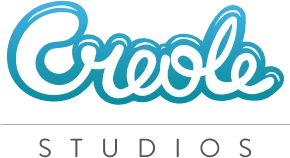





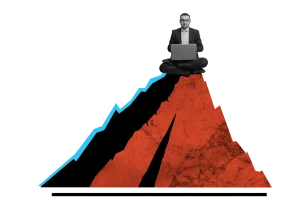




 30 mins free Consulting
30 mins free Consulting 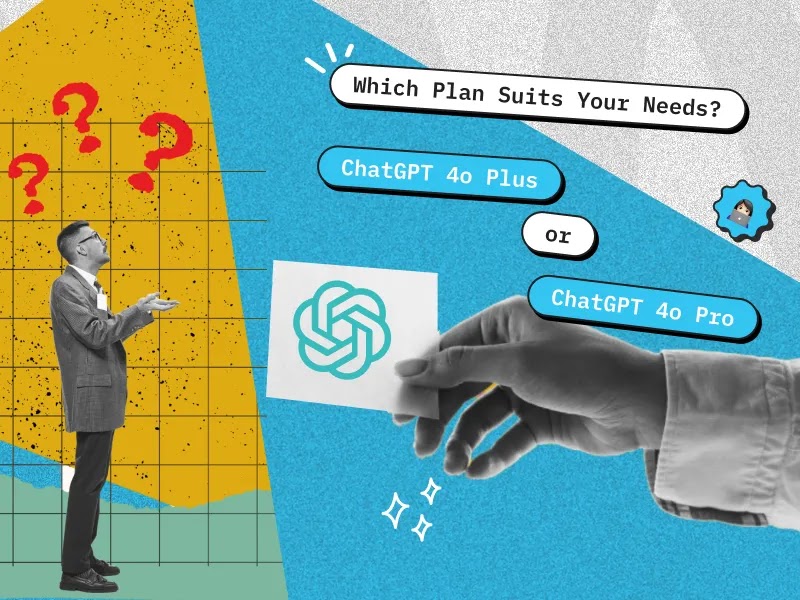
 11 min read
11 min read 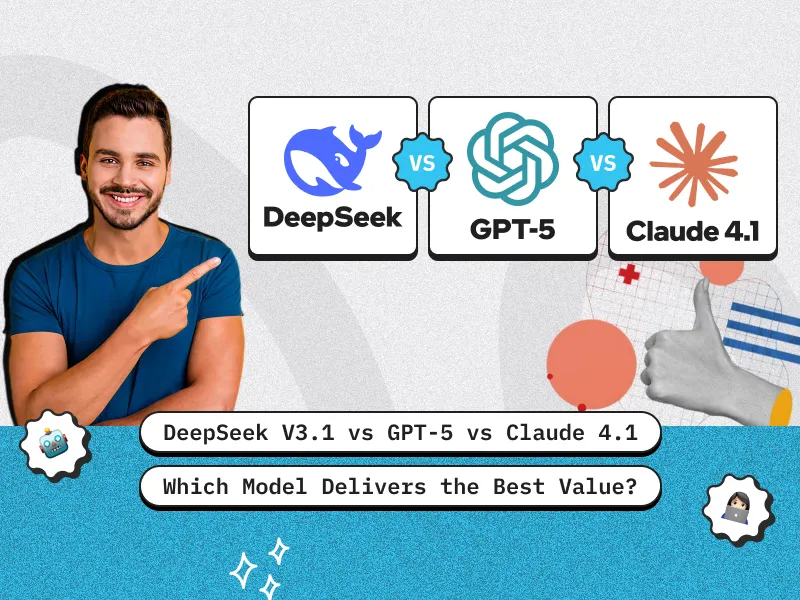
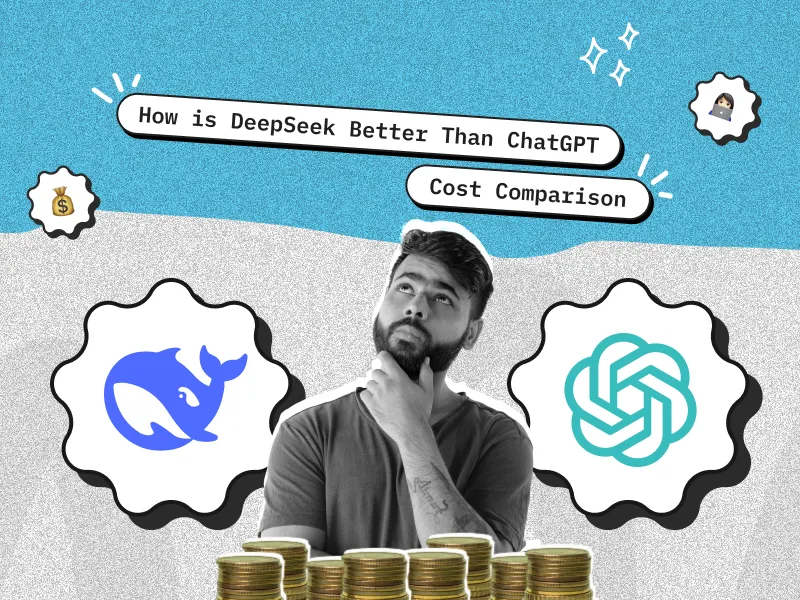
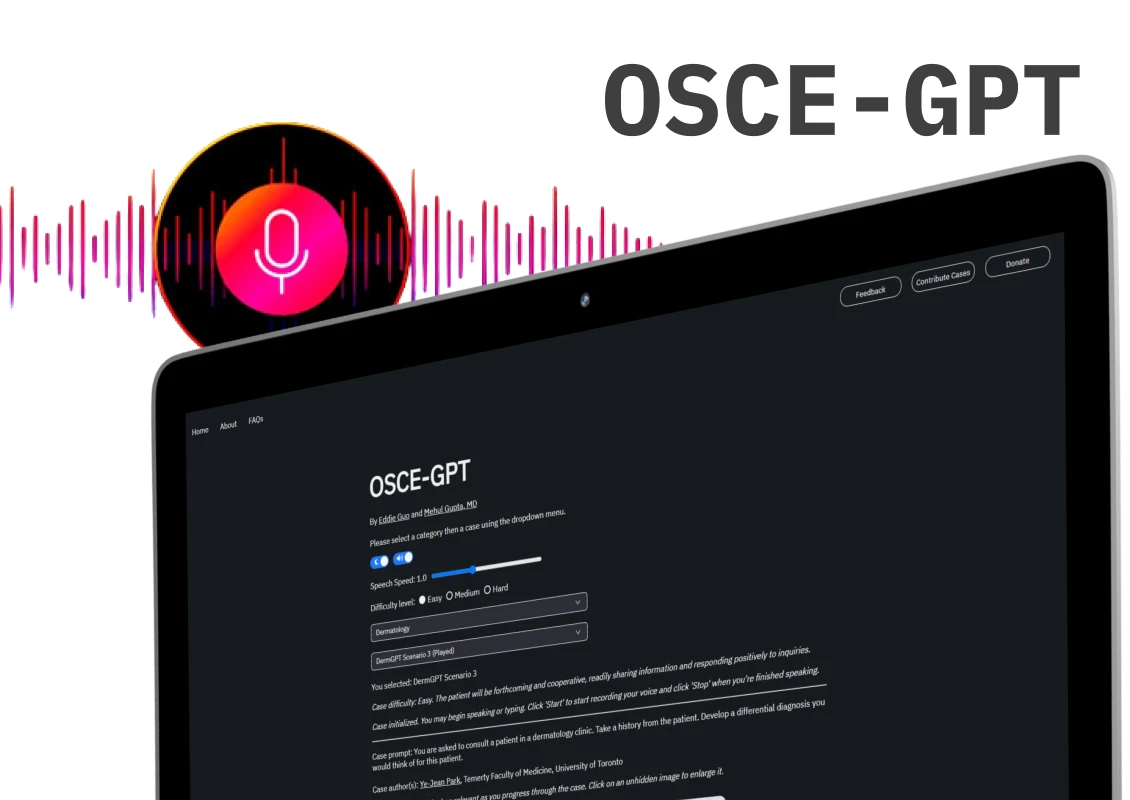
 Canada
Canada 





 Love we get from the world
Love we get from the world 